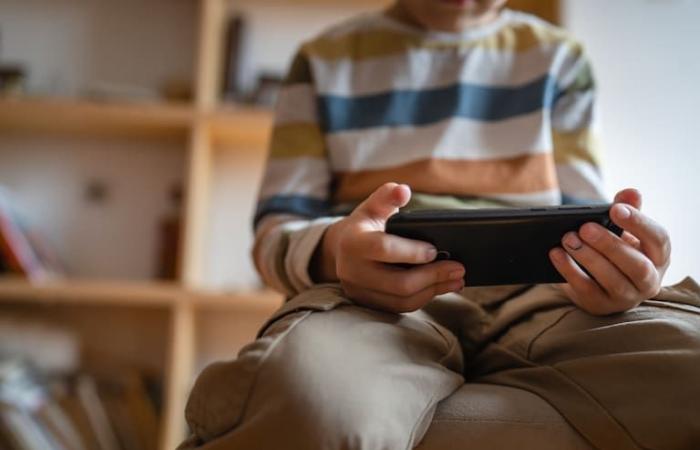Hear
NEW YORK.– The surgeon general of the United States, doctor Vivek Murthy, announced today that it will promote a request for social networks to place a label warning parents that the use of these platforms can harm the mental health of adolescents.
Warning labels—like those on cigarette or alcohol packages—are one of the most powerful tools you have at your disposal. the surgeon general of the United States, the country’s top health official, but Murthy cannot impose them unilaterally: the measure must be approved by Congress. So far, his bill has not entered either House.
The warning label would send a powerful message to parents that “It has not been proven that social networks are safe for health”wrote Dr. Murthy in an opinion column published today in the newspaper The New York Times.
In his article, Murthy equates the effects of social media on children and adolescents with the public health risks posed by traffic accidents and food contaminants.
“Why have we not reacted to the damage caused by social networks, when they are as urgent and widespread as those caused by cars, airplanes or unsafe food?” the official asks. “These damages do not respond to a lack of will or to parenting errors on the part of parents: they are a consequence of giving access to powerful technology without adequate security, transparency and responsibility measures.”
In his article, Murthy cites research showing that Teens who spend more than three hours a day on social media face a significantly increased risk of developing mental health problemsand that 46% of teens say social media made them feel worse about their body appearance.
According to a Gallup poll late last year of more than 1,500 boys and girls across the United States, American teenagers spend an average of 4.8 hours a day on social media platforms such as YouTube, Instagram and TikTok.
In an interview last month, Murthy said that young people insistently repeat that “they cannot leave the platforms” and that many times they discover that they have spent hours on the networks when their initial intention was simply to check their messages.
“The platforms are designed to maximize the time we all spend on them,” Murthy said. “It is one thing to do it to an adult and another thing to do it to a child, who has not yet finished developing impulse control and whose brain is in a delicate phase of development.”
Past experiences indicate that warning labels have significant effects on social behavior. In 1965, after a historic report by the then surgeon general, the US Congress voted to require that all cigarette packages distributed in the United States carry a warning that consumption “may be harmful to health.”
It was the beginning of a 50-year decline in smoking: when warning labels appeared, about 42% of American adults smoked cigarettes daily; by 2021, that proportion had fallen to 11.5%.
Researchers continue to hotly debate whether social media is behind the current child and adolescent mental health crisis. In his new book, The Anxious Generation (“The anxious generation”), social psychologist Jonathan Haidt marks the turning point in 2007, with the launch of the Apple iPhone, after which an exponential increase in suicidal behavior and despair was recorded.
Other experts say that while the rise of social media has coincided with a decline in mental well-being, there is no evidence of causality between the two phenomena, and they point to other factors, such as economic problems, social isolation, racism, school massacres. and the opioid crisis.
Murthy has long pointed out social media as a health risk. In May 2023, she issued an advisory warning that “there are ample indicators that social media may also pose a profound risk of harm to the mental health and well-being of children and adolescents.”
In that statement, Murthy acknowledged that the effects of social media on adolescent mental health were still not entirely clear. Research suggests that platform use has both risks and benefits, providing a sense of community to many young people who would otherwise feel marginalized.
Still, Murthy urged parents to immediately start setting limits on their children’s use of social media and not allowing device use during meals.
Now, with his intention to have Congress require platforms to include warning notices, Murthy has
“One of the most important lessons I learned in medical school is that in the face of an emergency we cannot afford to wait until we have perfect information,” says Murthy in his article. “In those cases, the available data is evaluated, the best judgment is applied, and action is taken quickly.”
Recalling the words of a heartbroken mother whose son had committed suicide due to online bullying and harassment, Murthy compared the current moment to other historic public health campaigns of the past.
“In this case, there is no seat belt or helmet that parents can put on their children, nor any guarantee that trusted experts have researched and ensured that these platforms are safe for children to use,” Murthy notes. “Here are parents alone with their children, trying to solve this issue themselves, and in front of them they have the best product engineers and the companies with the greatest resources in the world.”
By Ellen Barry
(Translation by Jaime Arrambide)
The New York Times






